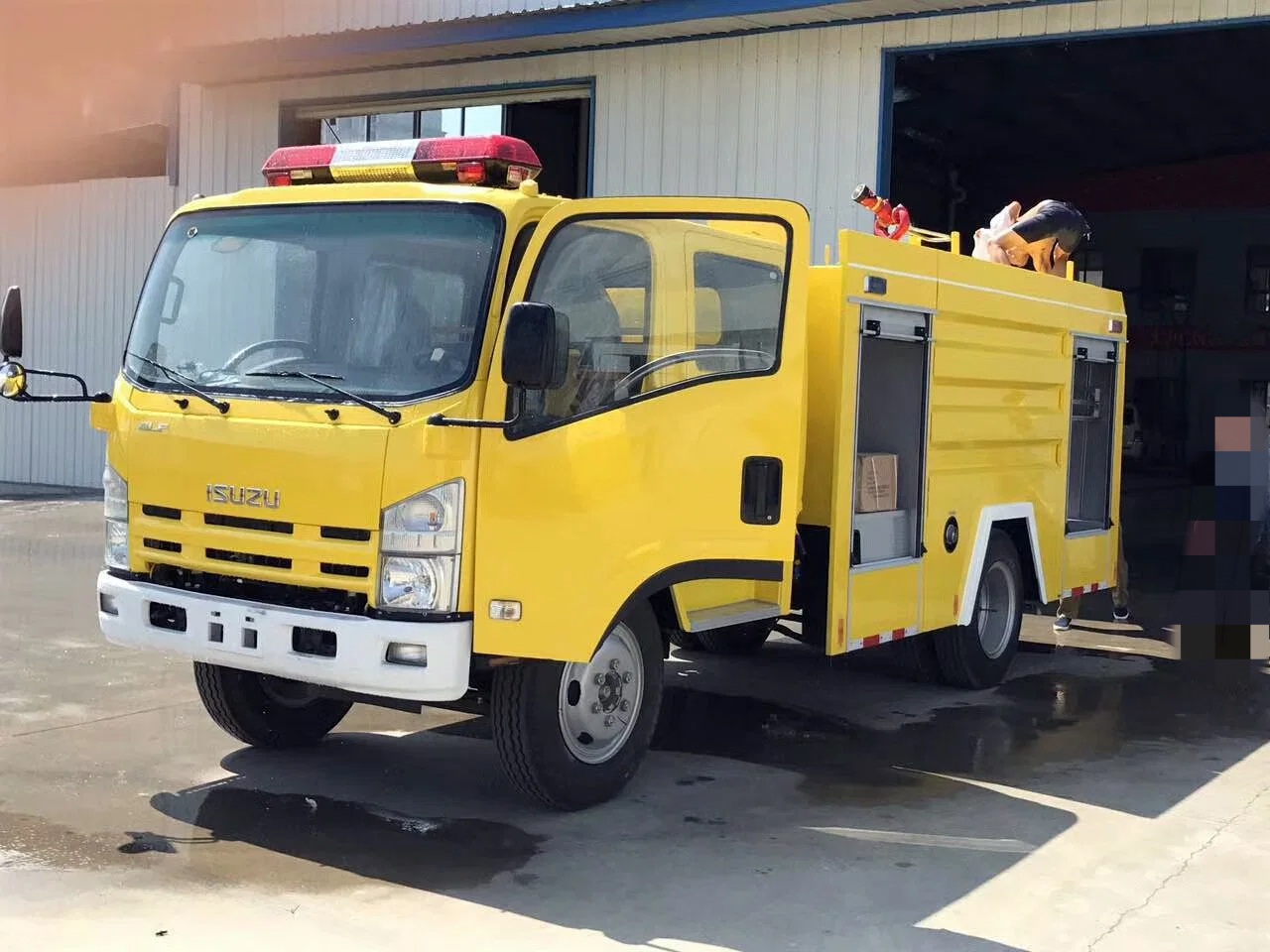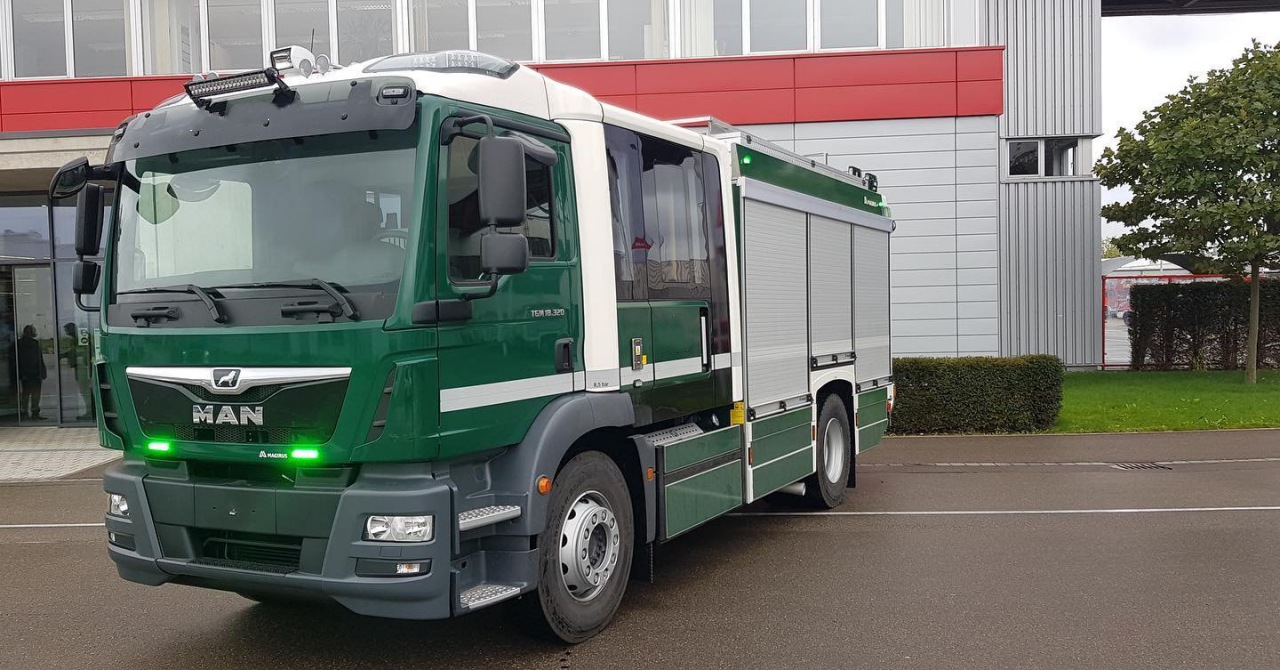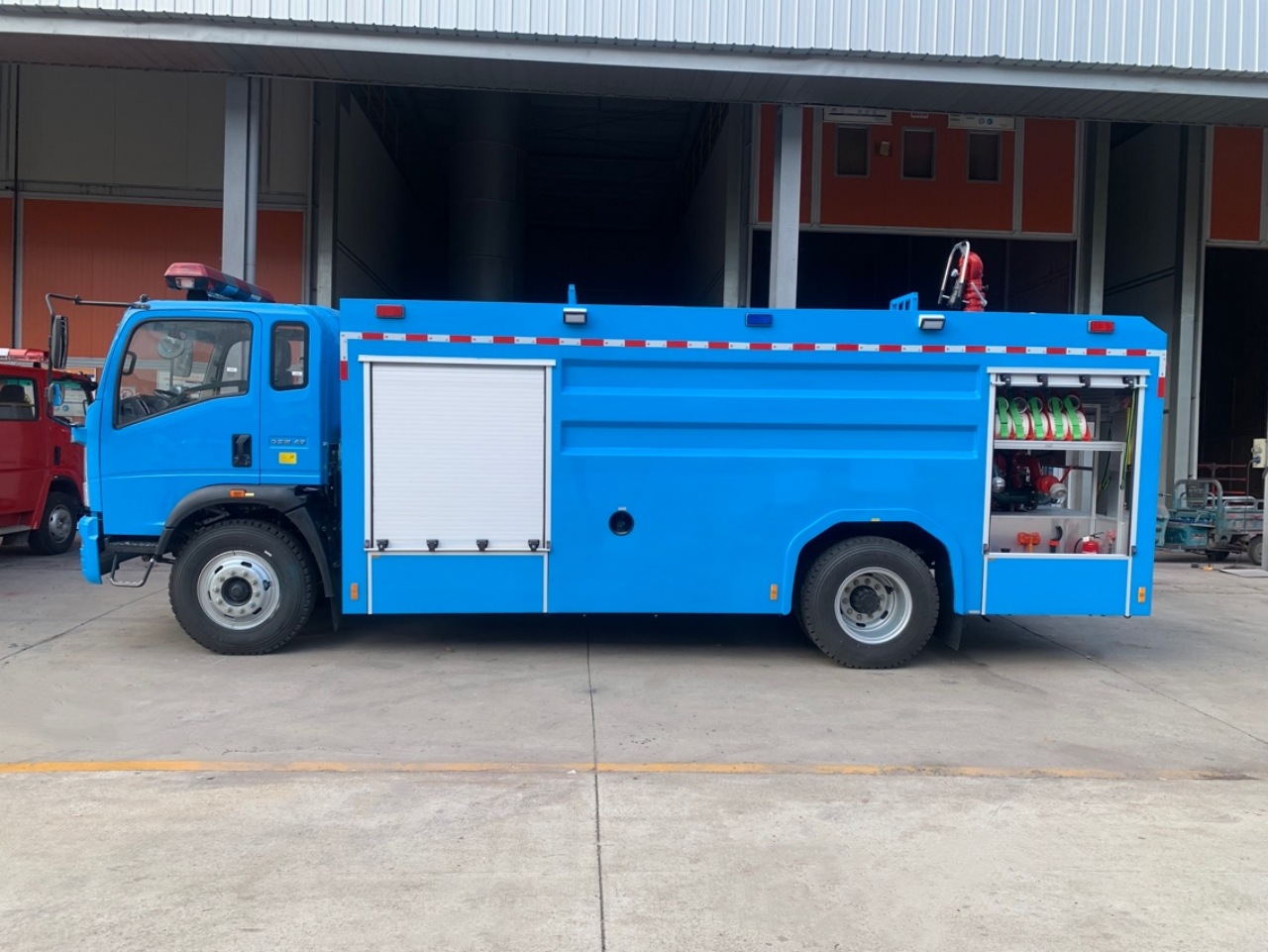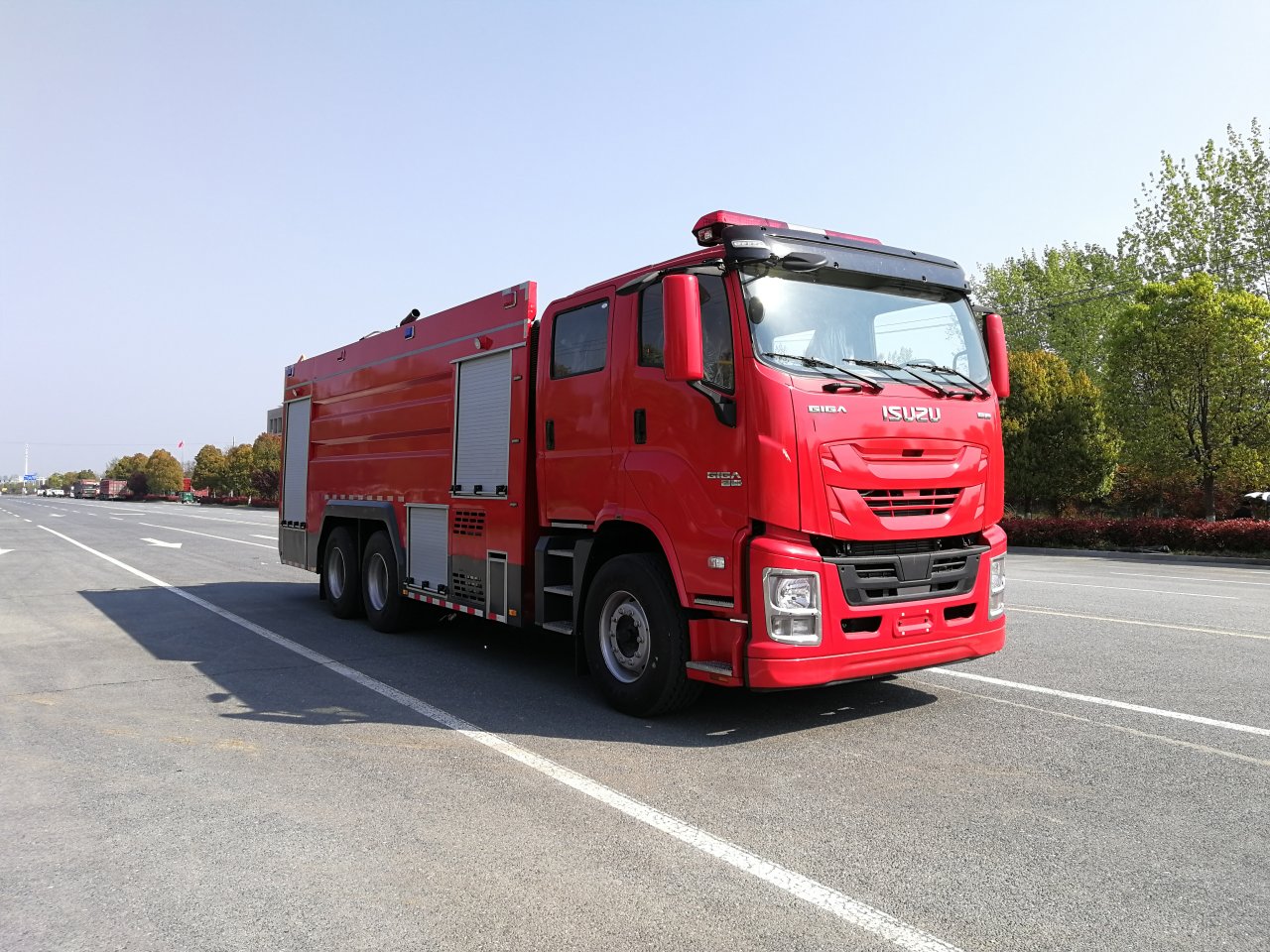When someone mentions a fire truck, what image pops into your mind? For most people, it’s a large, roaring vehicle, sirens blaring, with 1 unmistakable feature—a bright red color. But while red has been the traditional color associated with fire trucks for decades, the truth is that fire trucks come in many colors depending on the location, purpose, and safety considerations. In this article, we’ll explore the history behind the classic red fire truck, why some are painted in different colors, and how science, psychology, and practicality all play a role in the choice of color.
The Classic Red: A Tradition
The most recognized fire truck color is red. This tradition dates back to the early 1900s. But why red? There are a few theories.
One of the most widely accepted reasons is visibility. Red is a vibrant color that stands out, especially during the day. It’s easily noticeable in traffic, allowing drivers and pedestrians to quickly identify an approaching emergency vehicle. Another theory is related to pride and competition. Back when fire departments were first forming in cities, many were volunteer-based, and different fire brigades often competed for status. Red paint was among the most expensive at the time, so painting a fire engine red became a symbol of pride and prestige.
Another practical theory is that red simply stood out against the mostly black and white or gray-colored cars of the early 20th century. Red, being an uncommon vehicle color, naturally drew attention.

Beyond Red: The Rise of High-Visibility Colors
Despite red being the traditional choice, many fire departments today have opted for colors that offer higher visibility, especially at night or in low-light conditions.
Lime-Yellow Fire Trucks
One of the most common alternatives to red is lime-yellow. Research studies in the 1970s, particularly one conducted by the US Fire Administration and the National Highway Traffic Safety Administration, showed that lime-yellow fire trucks were easier to see at night and less likely to be involved in traffic accidents. The human eye perceives yellow and lime hues more effectively in dim lighting, and these colors also stand out more against both natural and urban environments.
Because of this, many fire departments, particularly in the United States and Australia, switched to lime-yellow or a bright yellow-green as a safety measure. The increased visibility led to fewer accidents and quicker response times.
White, Black, and Blue Fire Trucks?
Though less common, some fire trucks are painted white, black, blue, or even green. These choices are usually based on department identity, regional preference, or special designations.
- White fire trucks are sometimes chosen to reflect heat better, especially in hotter climates.
- Black fire trucks, while rare, can be used for ceremonial or special response units.
- Blue fire trucks have been used by certain volunteer departments or industrial firefighting units to differentiate from city fire services.
- Green or teal fire trucks are sometimes found in military or aviation environments.
These colors may also be combined with red or yellow striping, reflective decals, or high-visibility chevrons on the back to ensure safety.

Color Psychology and Public Perception
Color doesn’t just impact visibility—it also affects psychological perception. Red is a color strongly associated with urgency, danger, and action. It captures attention quickly, which makes it ideal for emergency services. But with the rise of other high-visibility colors, fire departments must balance tradition with science.
Public perception plays a big role, too. In many places, people are accustomed to seeing red fire trucks, and any deviation can confuse them. A lime-yellow fire truck, despite being more visible, might be overlooked simply because people don’t immediately associate it with fire services.
Some departments choose to blend tradition with safety by using a 2-tone scheme, such as red and white, or red and yellow. These combinations maintain the iconic red while integrating more visible elements.
Regional Differences
If you travel across the world, you’ll notice that fire truck colors vary widely by country, region, and even city.
- United States: Red is still dominant, but many departments use lime-yellow, white, or red-and-white combinations.
- United Kingdom: Fire engines are usually red with bright yellow and reflective markings.
- Germany: Fire trucks are primarily red, but with standardized reflective stripes and markings.
- Australia: Lime-yellow has become more common in rural and bushfire zones for visibility in smoky environments.
- Japan: Fire trucks are generally red, maintaining traditional color usage.
These differences often reflect local safety standards, climate, visibility needs, and public expectations.

Safety Features Beyond Color
While color plays an important role in visibility, it’s only 1 aspect of fire truck safety. Today’s fire trucks are equipped with multiple visibility features:
- Reflective striping and chevrons on all sides.
- High-intensity LED lights that flash in multiple patterns.
- Audible warning systems, including sirens and air horns.
- Light towers or booms for night-time operations.
These enhancements help ensure that the fire truck is seen and heard, regardless of its paint job.
Customization and Branding
In modern fire departments, branding and community identity also influence fire truck colors. Some cities want their fire fleet to reflect civic pride or historical traditions. For example, a fire department in a city with a strong sports identity might match the local team’s colors.
Volunteer fire departments may also customize their trucks based on donor preferences or local traditions. These design choices, while secondary to safety, help foster a sense of community ownership and recognition.

So… What Color Is a Fire Truck?
The answer is: it depends.
While red remains the most iconic and traditional color, the reality is that fire trucks come in a variety of colors tailored to the needs and preferences of each department. Factors like visibility, regional standards, public perception, and even psychology all influence the decision. Lime-yellow may be more visible, white may reflect heat better, and multi-color combinations might offer the best of both tradition and safety.
At the end of the day, no matter the color, the purpose of a fire truck remains the same—to respond quickly to emergencies and protect lives and property. Whether it’s red, yellow, white, or blue, the color is just one part of a vehicle designed for life-saving missions.
So next time you hear a siren and see a big truck speeding down the road, take a moment to look at its color—you might be surprised.








